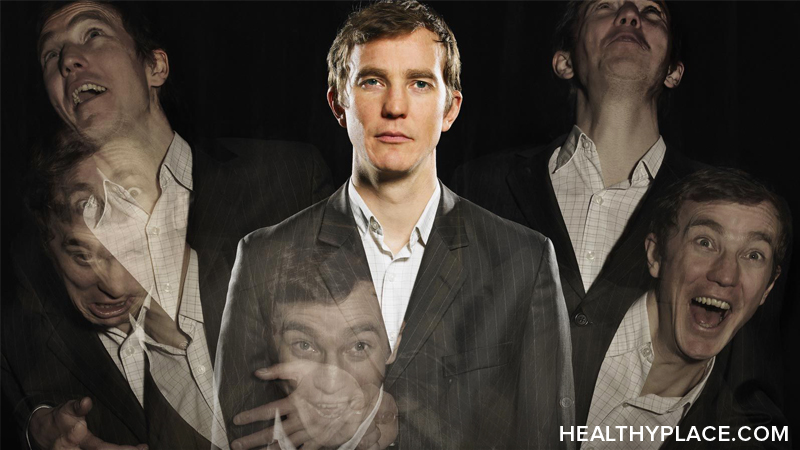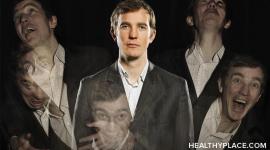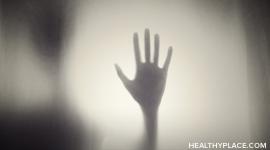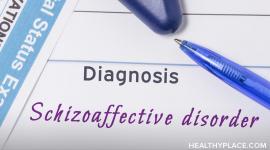Schizoaffective Disorder DSM Criteria

Schizoaffective disorder criteria are defined in both the latest version of the Diagnostic and Statistical Manual of Mental Disorders (DSM-IV-TR) and the International Classification of Diseases, Tenth Revision (ICD-10). This complex disorder is challenging to diagnose and treat even when the DSM-IV-TR criteria are properly applied.
The DSM-IV-TR diagnostic criteria for schizoaffective disorder stem from the criteria for mania, mixed moods (in bipolar disorder), depression and schizophrenia.
DSM-IV-TR Criteria for Schizoaffective Disorder
The DSM-IV-TR is the manual that contains the criteria doctors use to make diagnoses of mental illnesses. As such the criteria can be quite technical.
The schizoaffective DSM-IV-TR diagnostic criteria are the following:1
- An uninterrupted period of illness occurs during which a major depressive episode, a manic episode, or a mixed episode occurs with symptoms that meet criterion A (see below) for schizophrenia. The major depressive episode must include a depressed mood.
- During the same period of illness, delusions or hallucinations occur for at least 2 weeks, in the absence of prominent mood symptoms.
- Symptoms that meet the criteria for mood episodes are present for a substantial portion of the total active and residual periods of illness.
- The disturbance is not due to the direct physiologic effects of a substance (e.g. illicit drugs, medications) or a general medical condition.
- The bipolar type is diagnosed if the disturbance includes a manic or a mixed episode (or a manic or a mixed episode and major depressive episodes).
- The depressive type is diagnosed if the disturbance includes only major depressive episodes.
In the DSM-IV-TR, criterion A for schizophrenia requires two of the following:2
- Delusions
- Hallucinations
- Disorganized speech (e.g. frequent derailment or incoherence)
- Grossly disorganized or catatonic behavior
- Negative symptoms such as a flattened affect, lack of speech, lack of motivation
Note that only one of the above is required if the delusions are bizarre or the hallucinations consist of a voice keeping up a running commentary on the person's behavior or thoughts, or two or more voices conversing with each other.
Schizoaffective Disorder Criteria Rating Scales
Schizoaffective disorder severity can also be measured using a variety of rating scales. Tools that may help measure the severity of schizoaffective disorder are those typically associated with schizophrenia, bipolar disorder and depression. These tools include:
- Positive and Negative Symptom Scale for Schizophrenia [PANSS] – rates positive symptoms like delusions, negative symptoms like emotional withdrawal and general psychopathology like anxiety
- Hamilton depression scale – rates the severity of depression symptoms like insomnia and agitation
- Young mania scale – rates the severity of mania symptoms like increased energy and sexual interest
- Cut down, annoyed, guilty, and eye opener (CAGE) questionnaire – regarding substance use and abuse
Severity scales are useful as they can plot a starting point when the schizoaffective disorder is first diagnosed and then track improvement throughout treatment.
next: Bipolar Schizoaffective Disorder
~ all articles on schizoaffective disorder
~ all schizophrenia articles
APA Reference
Tracy, N.
(2012, April 19). Schizoaffective Disorder DSM Criteria, HealthyPlace. Retrieved
on 2026, January 4 from https://www.healthyplace.com/thought-disorders/schizoaffective-disorder-information/schizoaffective-disorder-dsm-criteria


